7 special animals in Latin America
Latin America is bursting with animal life. With areas such as the Amazon, the Pantanal, the Andean mountains and Esteros del Iberá, there are plenty of opportunities to discover unknown species. For you we have listed seven special animals that occur in Latin America.
1. The Quetzal bird
The quetzal bird occurs only in Central America and, with its red, blue and green colours and impressive long tail, is very popular among bird lovers. Even in the time of the Aztecs and Mayans the quetzal was loved. These communities considered the bird sacred and their feathers were a symbol of wealth. Even today, the bird is still the national symbol and currency of Guatemala. A place where you have the chance to spot a quetzal is on the Quetzales Path in Panama. Here you will find a diversity of flora and fauna and as the name suggests, with a little luck, you can also find the quetzal here.

2. Jaguar
The jaguar can be found in many rainforests in Latin America, particularly in the Pantanal and the Amazon. Countries where you can look for the largest feline on the continent include Brazil, Peru and Suriname. An example in Brazil is at the Caiman Lodge in the Pantanal. This lodge cooperates with the Onçafari project in order to protect the jaguar. As a guest you will have the opportunity to spend a day with the Jaguar Habituation team and take part in their daily activities. In many South American cultures, the jaguar was seen as a kind of god and therefore the animal appears in pre-Columbian architecture. For example, the Mayans believed that the spirit of the jaguars fought at night against the negative forces of 'the underworld'. In this way the animals ensured that the sun rose again, and life could continue. What distinguishes the jaguar from other felines is that the jaguar is not afraid of water. There are even cases known of jaguars hunting caimans and crocodiles.

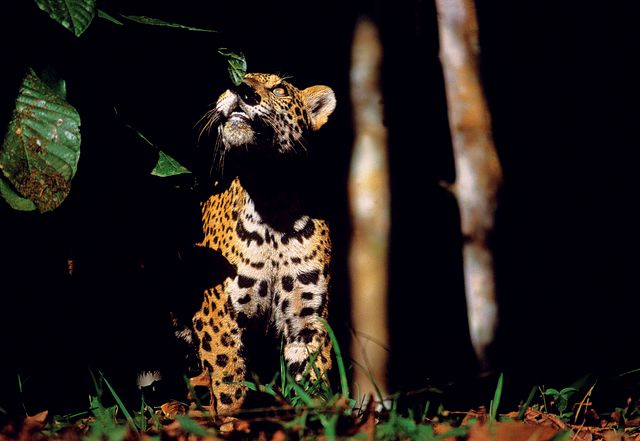
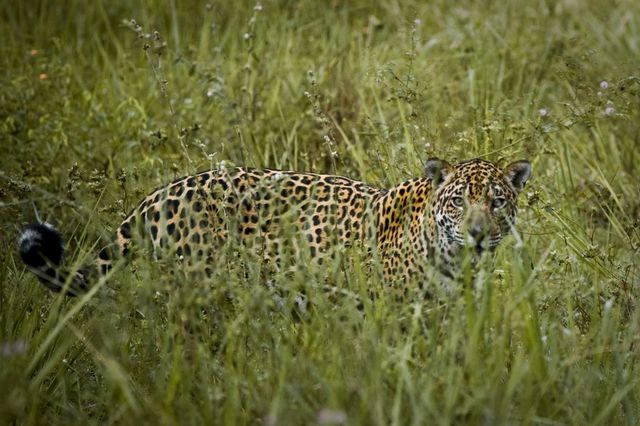

3. Armadillo
Of all the 20 species of armadillos, only one does not live in Latin America. Armadillos are closely related to sloths and anteaters. There are different species of armadillos and can vary enormously in size: some weigh as little as 85 grams and are 12 centimetres, while the largest species can weigh as much as 55 kilograms and can grow up to 1.5 metres in size. They are also the only mammals that have armour. The animal's name derives from the Spanish 'armadillo', which means “little armoured one”.
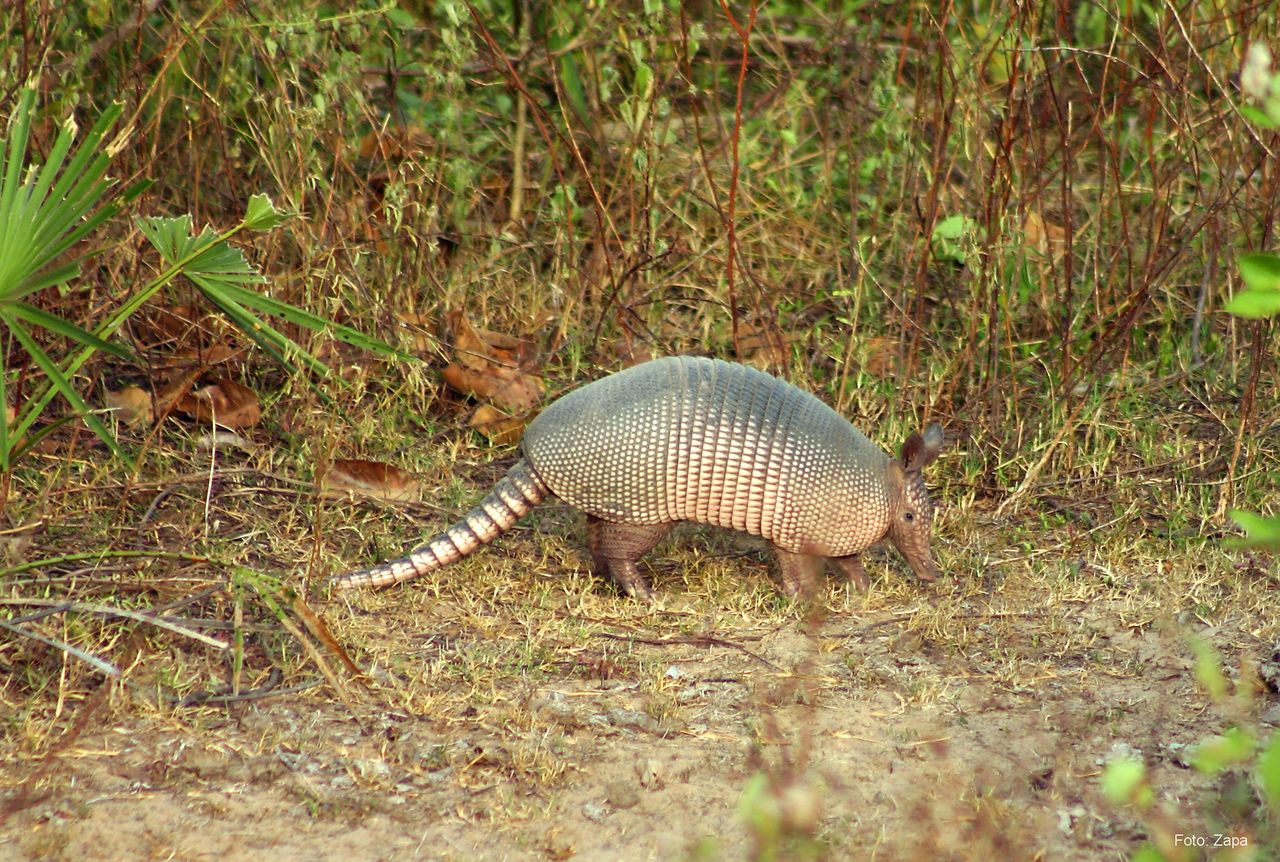
4. Whale shark
The whale shark is the largest fish in the world. Although it can look very intimidating, this fish is actually a big, friendly giant. It can grow as long as a bus and can weigh up to 22,500 kilos. The whale shark mainly eats plankton and small fish. The ideal destinations to spot these giants are Mexico, Belize and the Galapagos Islands. In some destinations you can also snorkel or dive to see the whale shark up close.
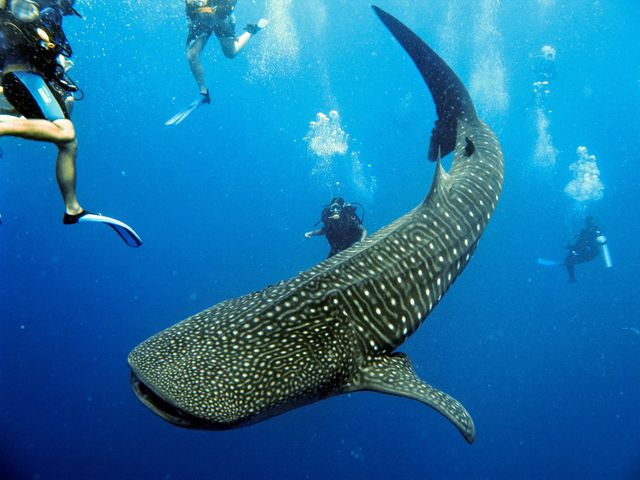
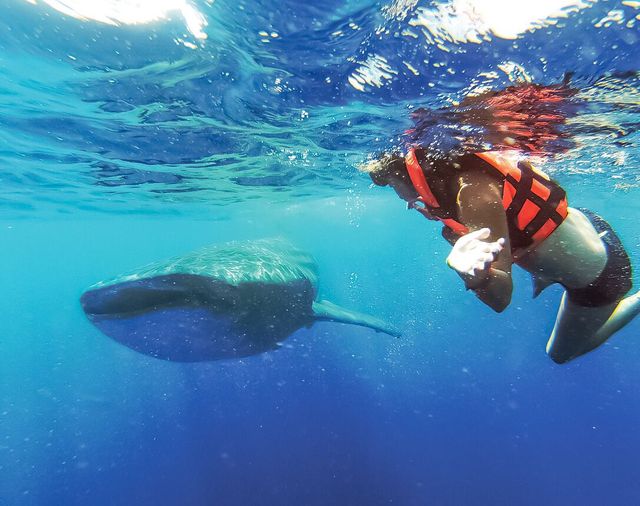
5. Sloth
The sloth is known as the world's slowest mammal. Depending on the species (two- or three-toed) they can be between 58 and 68 centimetres long and weigh up to 8 kilograms. The animals are so extremely slow that even algae grow on their fur. Despite the fact that they are so slow on land, sloths are surprisingly good at swimming. On land, they move up to 38 metres in a day and sleep between 15 and 20 hours. What makes the sloth even more unique is that they can turn their head 270 degrees! Sloths are found in Peru, Panama, Costa Rica, Nicaragua and Suriname.



6. Puma
The Puma is a rare predator found in Patagonia. The animal feels completely at home in 'the land of giants', as Patagonia is sometimes called. This is due to the many guanacos that roam around here in the wild: the pumas hunt here mainly at sunrise and sunset. It is not easy to spot a puma. In Torres del Paine you can participate in a special programme of Ecocamp. Together with Diego Araya, one of the most famous Chilean nature photographers and an authority on pumas, you can spot these special animals. This programme of Ecocamp and Diego Araya is widely recognised as the best opportunity to spot pumas.
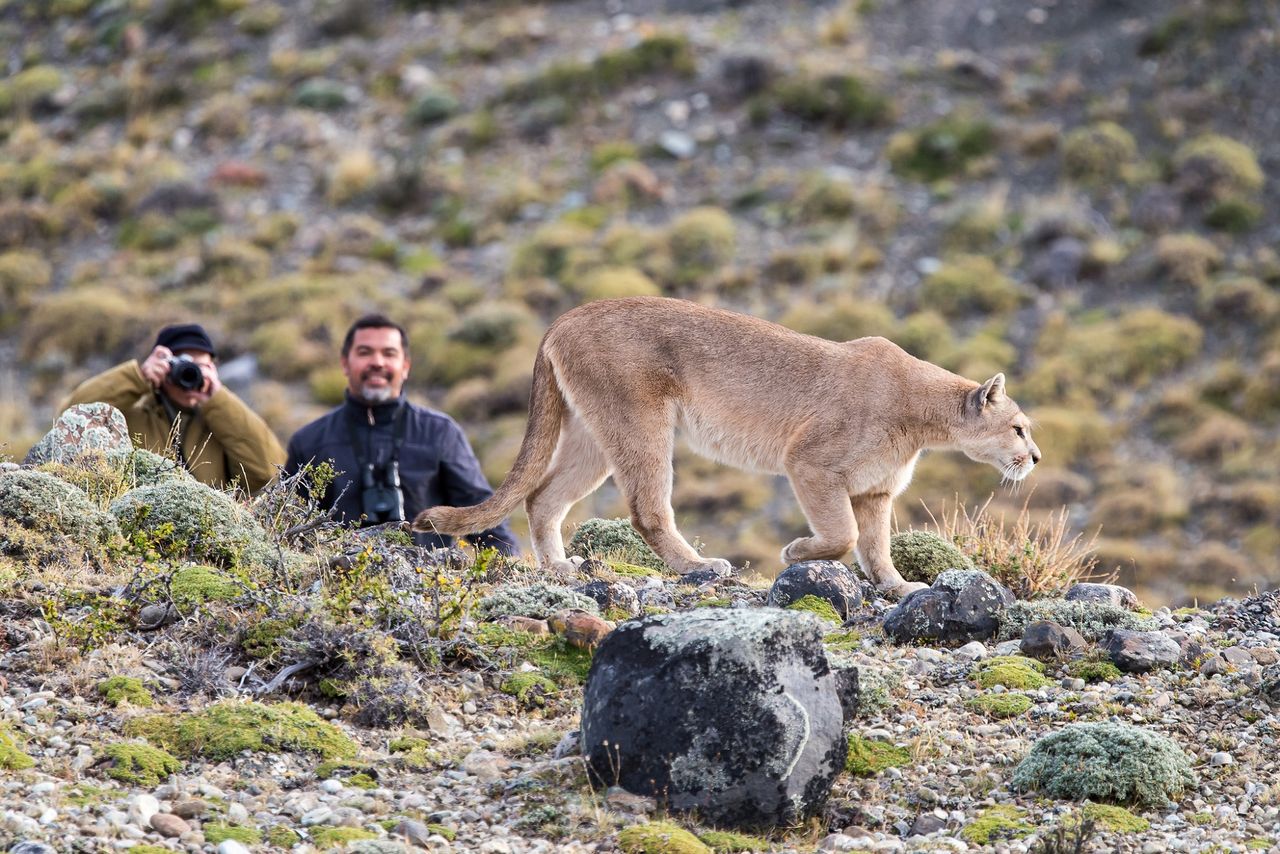
7. Orca
The orca is also known as the 'killer whale'. However, do not be fooled by this name: the orca is a dolphin species instead of a whale. They occur from Antarctica to the equator. Something very rare happens on Peninsula Valdés in Argentina. The orcas launch themselves onto the beach to catch their food, often young sea lions. They hunt in large groups that can consist of 2 to 90 orcas. The best time to spot orcas at Peninsula Valdés is from February to April.
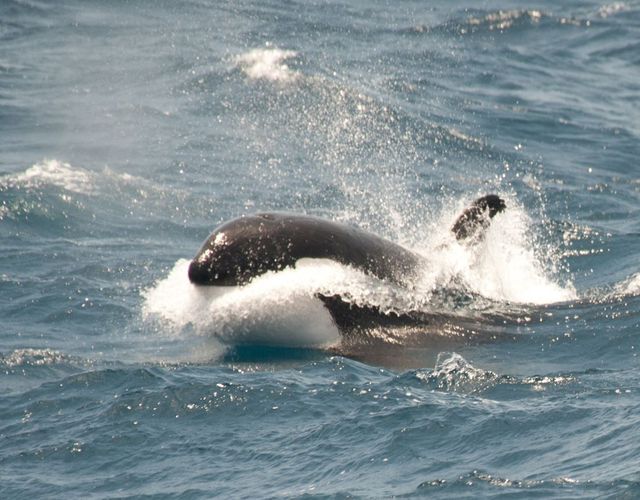
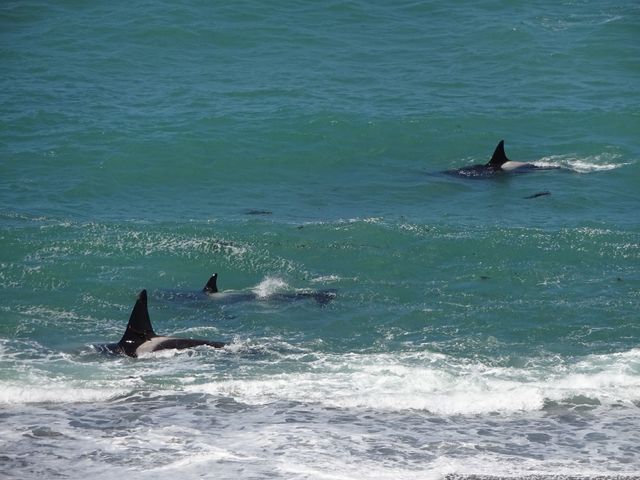
Wildlife spotting in Latin America?
Would you like to spot wild animals in Latin America yourself? We will be happy to tell you more about the possibilities and help you put together your unique trip through Latin America.
Do you have any questions? Feel free to contact us. Call +31 73 610 62 04 or send an email to info@sapapanatravel.nl.